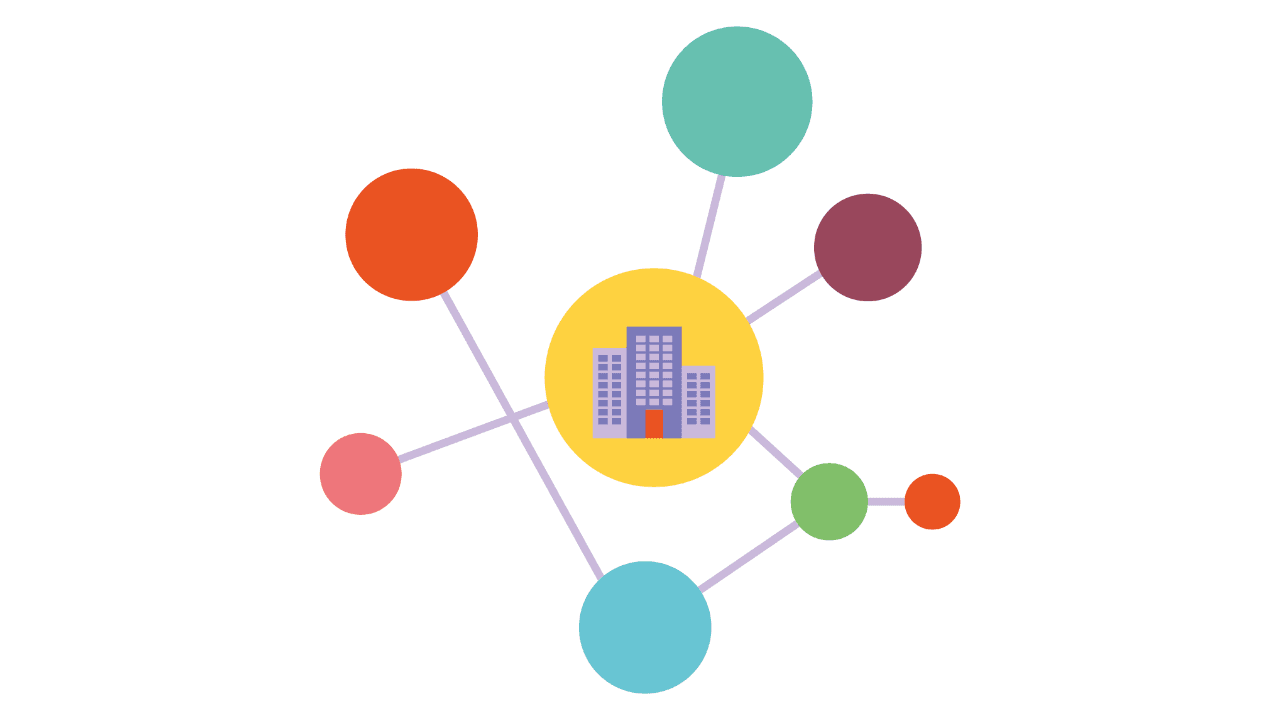Understand
Measuring the value of open ecosystems: 1. Our model

Platformable’s core mission is to measure the value of open ecosystems in order to enable all stakeholders to participate and co-create their own value.
We recognise the challenge laid out by Nambisan, Lyytinen and Yoo in the Handbook of Digital Innovation:
To measure stakeholders, these relationships, and the value being generated in open ecosystems, we use a range of tools including:
- Taxonomy definitions
- Data modeling
- Open standards usage
- Value network analysis
- Ecosystem mapping.
The open ecosystem model
We define an open ecosystem as:
Therefore an open ecosystem is made up of:
- the stakeholders themselves,
- their relationships, and
- the infrastructure they need to co-create, collaborate, complement and compete.
Our definition draws from work including:
- Open Data Institute’s data ecosystems models and mapping process
- Kin Lane's various work on mapping API ecosystems, including his recent work documenting the attributes of open API ecosystems
- The work of Annabelle Gawler, including “Bridging differing perspectives on technological platforms: Toward an integrative framework” (2014) and her most recent work with Andrew Shipilov (2020)
- UK Competition Markets Authority’s “The economics of closed and open ecosystems” (2014 which used Hazlett’s definition (from Hazlett, T, Teece, D and Wavermann, L (2011). Walled Garden Rivalry: The Creation of Mobile Network Ecosystems. George Mason University Law and Economics Research Paper Series, 11 (50).)
- The Handbook of Digital Innovation (2020)
- The work of Fay Horwitt and Forward Cities on equitable entrepreneurial ecosystems
- OECD’s work on “How to measure the influence of knowledge transfer on innovation?”
- The work often led by Nena Helander, with Vilma Vuori, Arto Ojala, Anik Shekhar Bal, and Samuli Määttä
- Sangeet Paul Choudary’s work on State of the Platform Revolution 2021.
How platforms, their ecosystems, and open ecosystems differ
We differentiate between platforms, their ecosystems, and wider open ecosystems in our work.
Platforms are businesses or entities (including governments) that have opened up their functionalities and data in a way that they can mediate relationships between producers and consumers. This may involve exposing their own capabilities and data assets as digital components that can be used by other producers and consumers as “raw ingredients” when creating new value chains, or they may work as intermediaries that facilitate access between producers and consumers who then co-create their own value.
Ecosystems are the networks of stakeholders that interconnect around a platform business and that generate further value through network effects and by creating new products and services that build on top of the assets and products that are made available. We see ecosystems as “orbiting” a platform.
An open ecosystem, then, is a wider digital market made up of multiple ecosystems within (or across) a given domain. Within ecosystems, some network stakeholders draw on assets from multiple platform businesses. When this occurs, there is a series of interconnected ecosystems being generated across each platform’s own ecosystem, creating open ecosystems.
Sometimes, governments and regulators force the existence of open ecosystems by mandating that all stakeholders in a given domain must use APIs to generate platform and ecosystem effects. In other cases, open source technologies, API standards bodies and network associations create tools or standards that can be used by all stakeholders, thus creating open ecosystems. This is beginning to occur in open banking, open finance, public health, in resource usage, and to encourage a circular economy. Governments are also increasingly moving to API open ecosystem models to expand the potential of building new digital products and services for their economies, environment and citizens.
For example, under open banking regulations, banks are moving towards a platform business model in which they expose APIs to third parties that can then build new products and services. The bank and those third parties operate as an ecosystem. Some third parties also connect to other banks' platform APIs. So they are part of multiple ecosystems. Banks themselves may also make use of other bank APIs, and some of the third parties may also be platforms that have their own APIs that others integrate with in their products. All up, at Platformable, we call all of those platforms and ecosystems the open banking/open finance open ecosystem.
In summary
This post outlines how we define open ecosystems and how they differ from platforms and other types of ecosystems. In the rest of our series, we will cover:
- Why APIs are at the centre of open ecosystems
- The types of relationships that can occur between stakeholders
- Why measuring value in open ecosystems is essential.
Following this introductory series, we will then start sharing the data models and value flow in the specific ecosystems we work with including open banking/open finance, digital government, public health, and the circular economy.

Mark Boyd
DIRECTORmark@platformable.com